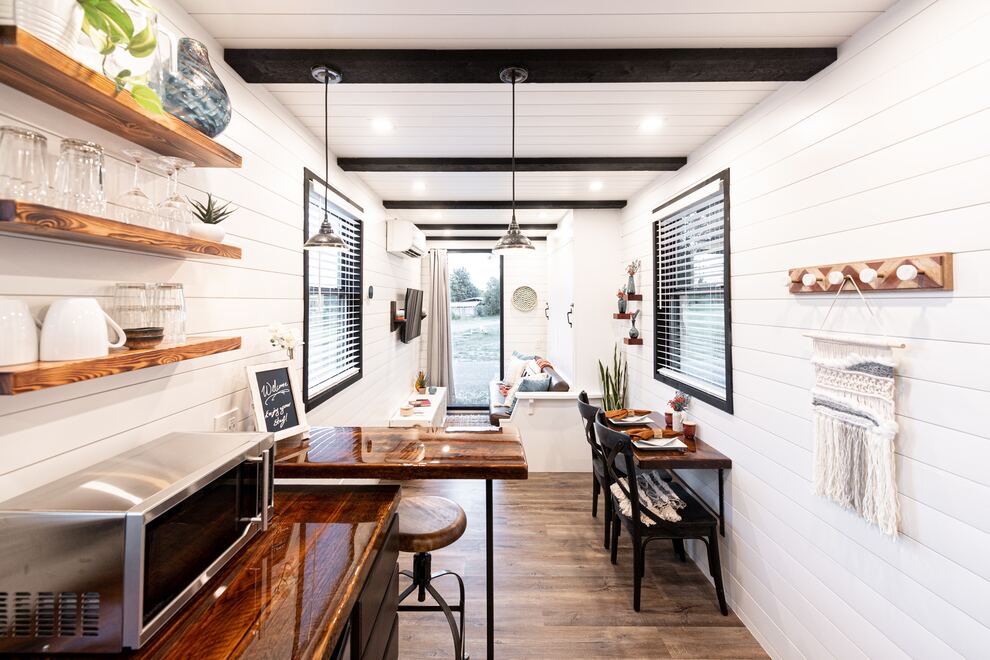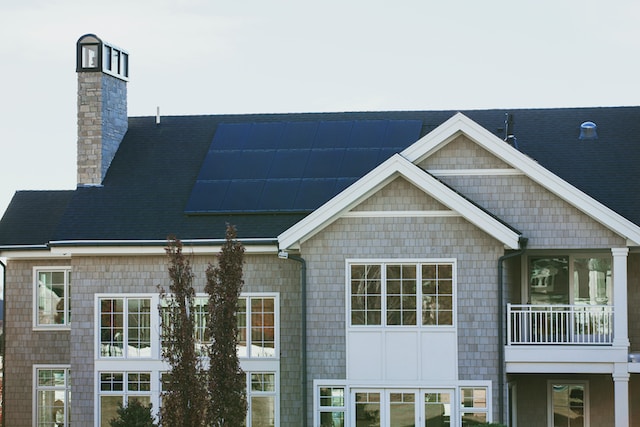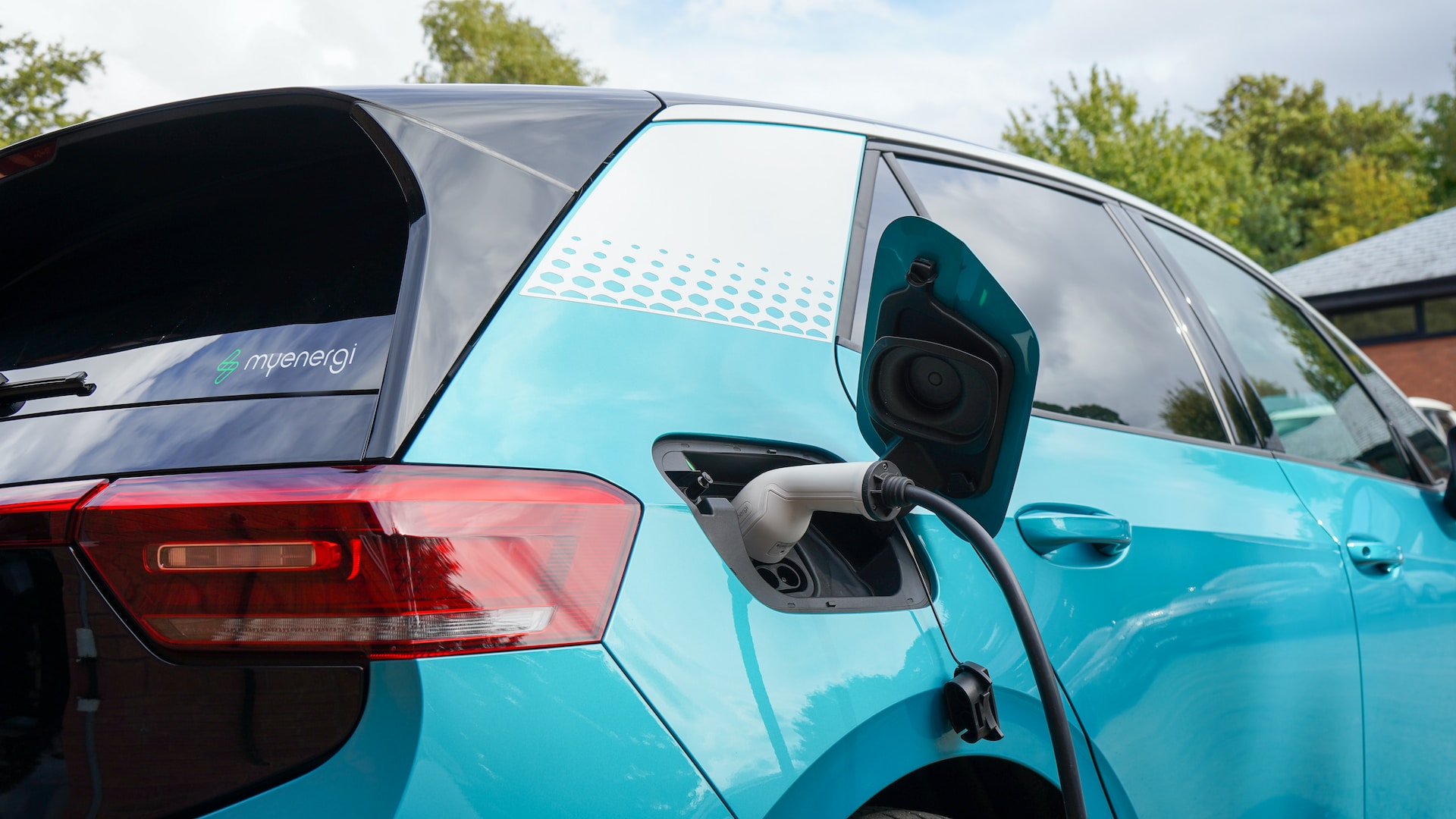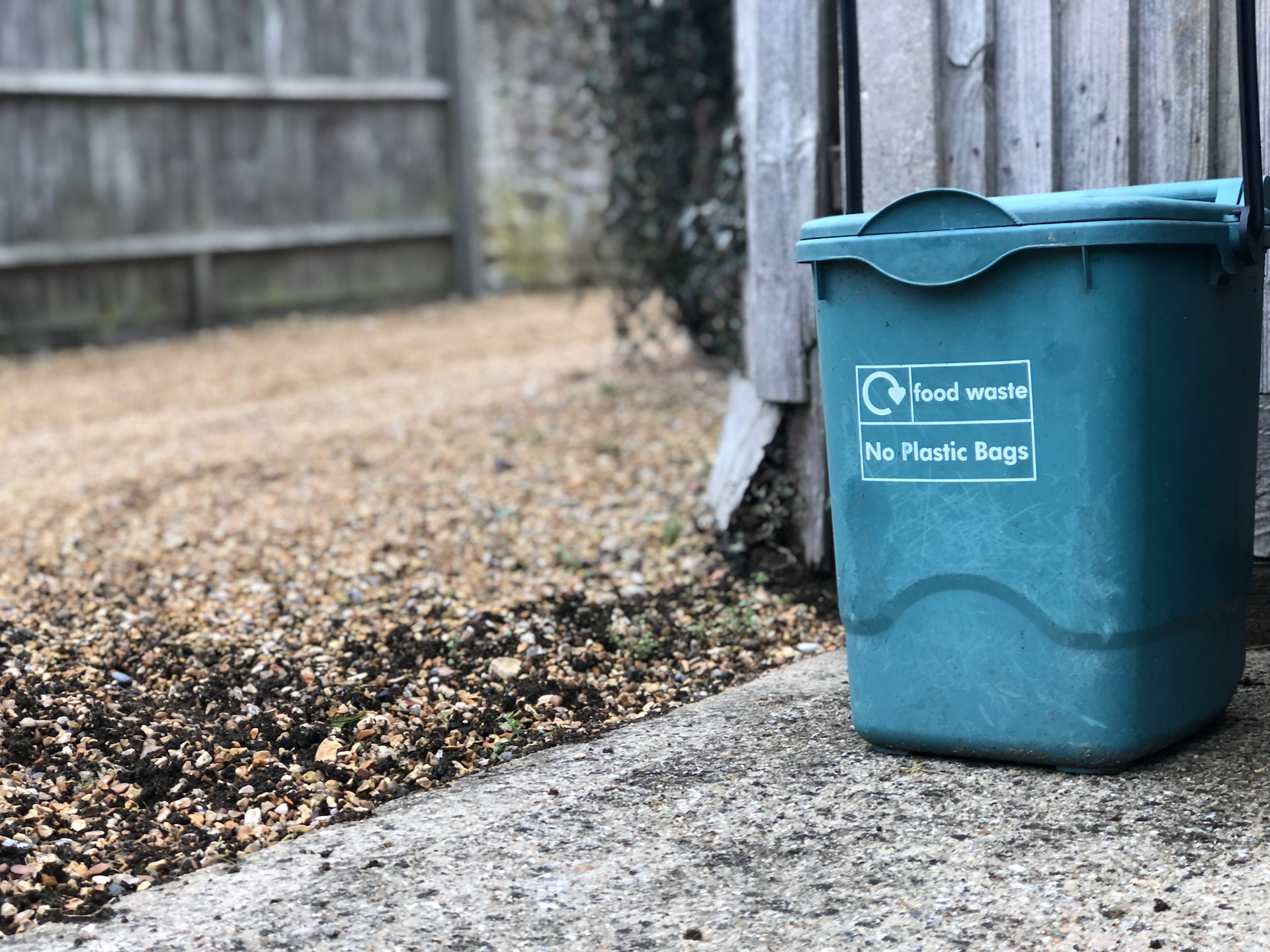Homeowners are increasingly concerned about how climate change will impact their homes. As the planet continues to warm, we see more frequent and severe weather events, such as hurricanes, flooding, wildfires, and extreme heat waves. These events can cause significant damage to homes and property and can even make some homes uninhabitable.
How can climate change impact homeowners?
The impacts of climate change on your home can vary depending on where in the world you live. These effects can include:
- Flood risk. As sea levels rise and weather patterns become more unpredictable, flooding becomes a significant risk for homeowners. Homes in coastal areas, low-lying areas, and areas with poor drainage are particularly vulnerable.
- Extreme weather events. Hurricanes, tornadoes, and wildfires can cause significant damage to homes and property. High winds, heavy rain, and flying debris can threaten the structural integrity of homes.
- Heat-related damage. As temperatures rise, homes without efficient insulation, ventilation, or cooling can become uncomfortable or dangerous. Additionally, extreme heat can cause damage to roofs, siding, and other building materials.
- Pest infestations. As temperatures rise, pests like termites and mosquitoes can survive in areas where they previously could not. This can lead to more frequent and severe pest infestations in homes.
Home improvements that protect against the effects of climate change
To address these concerns, homeowners are increasingly investing in measures to help make their homes more resilient to the impacts of climate change. Here are ways to protect your home against the effects of climate change.
Storm doors
Installing storm doors can be an effective way to help protect your home from the effects of climate change, especially if you live in an area prone to hurricanes, tornadoes, or heavy rain.
Storm doors are designed to provide additional protection for your front or back door. They typically consist of a reinforced frame, a sturdy glass or acrylic panel, and weatherstripping to help prevent drafts and air leaks. Some storm doors also include screens that can be swapped out with the glass panel during the warmer months. They can protect your home from severe weather, improve your home’s energy efficiency, and even add a layer of security.
When choosing a storm door, be sure to select one that is designed for the climate in your area. Look for doors that are tested and rated for wind resistance, water resistance, and energy efficiency. You should also ensure that the storm door is properly installed to ensure that it provides the maximum protection and energy efficiency benefits.
Roof reinforcement
Reinforcing your roof makes it more resilient to the impacts of heavy snow, tornadoes, and hurricanes. There are several types of reinforcements you can make, including installing hurricane straps, upgrading your roof covering to a newer or more durable material, and adding sheathing.
When reinforcing your roof, it’s important to consult with a professional roofing contractor to ensure that the work is done correctly and to local building codes. Additionally, it’s a good idea to regularly inspect your roof for signs of damage or wear and tear and to address any issues promptly to prevent further damage.
Solar shading
Solar shading refers to techniques used to block or diffuse sunlight and reduce heat gain, which is a concern as our climate becomes more extreme. This can help to reduce cooling costs, improve energy efficiency, and make homes more comfortable in hot weather.
You can shade your home from the sun by installing external shading devices like awnings, canopies, and solar screens. Another option is to install internal solar shade curtains or other systems which block sunlight once it enters the room. Last, you can strategically landscape your garden, using trees and vegetation to block out the main heat sources. This is a sustainable and aesthetically pleasing option for reducing heat and improving energy efficiency. Consider cost, effectiveness, and maintenance requirements when choosing a solar shading technique.
Flood protection
If you live in a flood zone, flood protection is an important step to mitigate stormy weather and heavy rainfall. As with roof reinforcement, flood protection includes several different measures:
- Install flood barriers. Flood barriers like sandbags or flood panels can create a fence
around your home to prevent flood water. You can also install floodgates or doors to protect your home’s entrances.
- Elevate. Elevating your home can be an effective way to help prevent water from entering and damaging your home and can even lower your flood insurance premiums.
- Seal your home. Sealing your home can help to prevent water from entering through gaps or cracks. Add sealant around windows and doors and install backflow valves to prevent sewage backup.
- Landscape strategically. Landscaping can also play a role in flood protection. Plant native vegetation and create swales or rain gardens to help to absorb and filter stormwater runoff and reduce the risk of flooding. Rain barrels can capture excess runoff and provide a sustainable source of irrigation water.
- Install a sump pump. A sump pump removes water accumulating in your basement or crawl space during floods. Install a battery backup system to ensure the sump pump continues working even when the power goes out.
Gutters
A properly working gutter system can be crucial in protecting your home during heavy rain. Have your gutters inspected by a home professional to ensure that all rainwater is efficiently collected and moved away from your home to protect siding and other external features. Gutters can also prevent soil erosion, which occurs when rainwater falls on your roof and runs unchecked. Soil erosion can easily lead to foundation damage, requiring costly repairs.
To ensure that your gutter system is functioning properly, it’s important to maintain your gutters regularly and address any issues immediately. This may include cleaning your gutters of debris, repairing leaks or other damage, and ensuring that the gutters are correctly sloped and connected to downspouts that direct water away from your home’s foundation. By taking care of your gutters, you can help to protect your home from the effects of heavy rain and prevent water damage.
Climate change and house shopping
Home improvements are a great way to mitigate climate change’s effects if you own a home. For prospective homebuyers, consider climate change during the house shopping process for further control. You can look for homes with these measures in place, and consider these additional factors.
Location
A home’s location can significantly impact its vulnerability to the effects of climate change. For example, homes in low or coastal areas may be at greater risk of flooding or storm damage. Similarly, homes in regions prone to wildfires or extreme heat may be more vulnerable to these risks. Consider the climate and weather patterns in the area where you are looking to buy a home and evaluate the risks in that location. For instance, if you’re considering a move to Canada, it’s important to recognize that the country’s diverse climates can offer both advantages and challenges, depending on the region. Even if you can’t change the location you’re moving to, you can think critically about where you would be at the least risk or best advantage if you were to experience flooding, fires, and other disasters.
Energy efficiency
Energy-efficient homes can help to reduce greenhouse gas emissions and minimize the impact of climate change. Look for homes built or renovated with energy-efficient features like quality insulation, energy-efficient windows and doors, and efficient HVAC systems. You may also want to consider homes with solar panels which can reduce your dependence on fossil fuels.
Landscaping and yard features
A home’s landscaping and outdoor features can also impact its resilience to climate change. For example, homes with drought-resistant landscaping may be better equipped to withstand periods of drought or extreme heat. Homes with adequate drainage systems, such as rain gardens or swales, can also help to prevent flooding and water damage during heavy rainfall. To ensure your home stays dry and safe, consulting with a landscape architect or drainage expert can help determine the most effective drainage solution for you, tailored to your property’s unique layout and the local climate.
Building materials
Building materials that are resistant to climate change are those that are durable, sustainable, and able to withstand the impacts of extreme weather conditions. Homes built with sustainable and resilient materials, such as brick, stone, or concrete, may be better able to withstand extreme weather events and other impacts of climate change. When selecting building materials for a home, it’s important to consider the specific climate and weather conditions in the area where the home will be built. Installing building materials that are more moisture-resistant is a particularly good way to protect your construction from the effects of climate change. For instance, a roof that is built with conventional materials, is more likely to fail in a hurricane or other extreme weather event compared to one made from moisture resistant sheathing products.
Insurance
Consider the cost and availability of homeowners insurance in the area where you want to buy a home. As the risks associated with climate change increase, insurance companies may begin to charge higher premiums to homeowners in high-risk areas. Homeowners should be prepared for the possibility of higher insurance costs and may want to shop around to find the best coverage and rates.
Remember that there are some types of disasters, like flooding, that are not covered in a standard home insurance policy. Speak to your insurance agent early to understand how your costs may be impacted based on where you’re moving to. In some instances, your current provider may not be able to insure your new home at all.
How to fight climate change in your household
Aside from renovating your home or buying one that is tolerant of climate change’s impacts, everyone can take steps at home to help fight it. One significant approach to consider is the integration of green building projects. These projects are designed to minimize environmental impact and improve energy efficiency, and could include structural changes like incorporating recycled materials, and installing green roofs or walls.
- Reduce energy consumption by upgrading to energy-efficient appliances, using LED light bulbs, turning off lights and electronics when not in use, and adjusting the thermostat to conserve energy.
- Use renewable energy with solar panels or wind turbines. You can also purchase renewable energy credits or sign up for a green energy program through their utility provider.
- Conserve water by fixing leaks, installing low-flow showerheads and toilets, and reducing outdoor water usage through xeriscaping or rainwater harvesting.
- Reduce waste by recycling, composting, and reducing their consumption of single-use plastics.
- Choose sustainable products such as bamboo flooring, reclaimed wood, and low-VOC paint to reduce their environmental impact.
- Reduce carbon emissions from transportation by choosing fuel-efficient vehicles, carpooling, taking public transportation, or biking and walking instead of driving.
- Plant trees and vegetation to help absorb carbon dioxide from the atmosphere and reduce the effects of urban heat islands.
These are just a few examples of how homeowners can help fight climate change at their houses. By making small changes to their daily habits and investing in sustainable technologies and products, homeowners can significantly reduce their carbon footprint and mitigate the effects of climate change.




